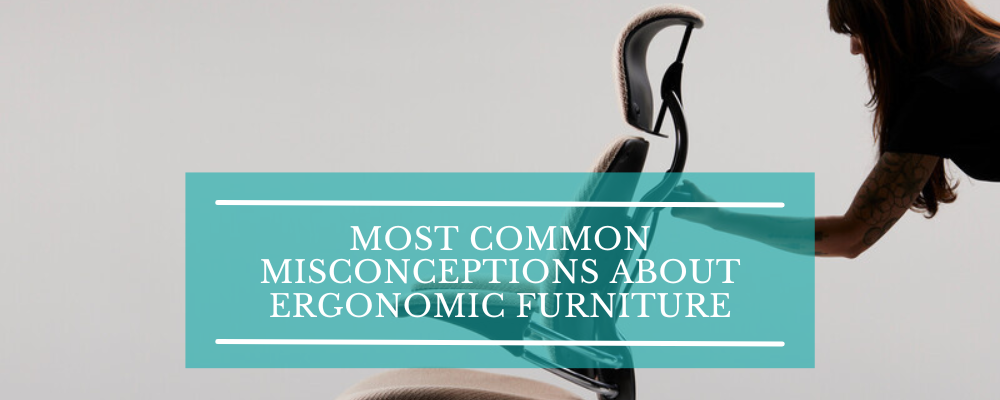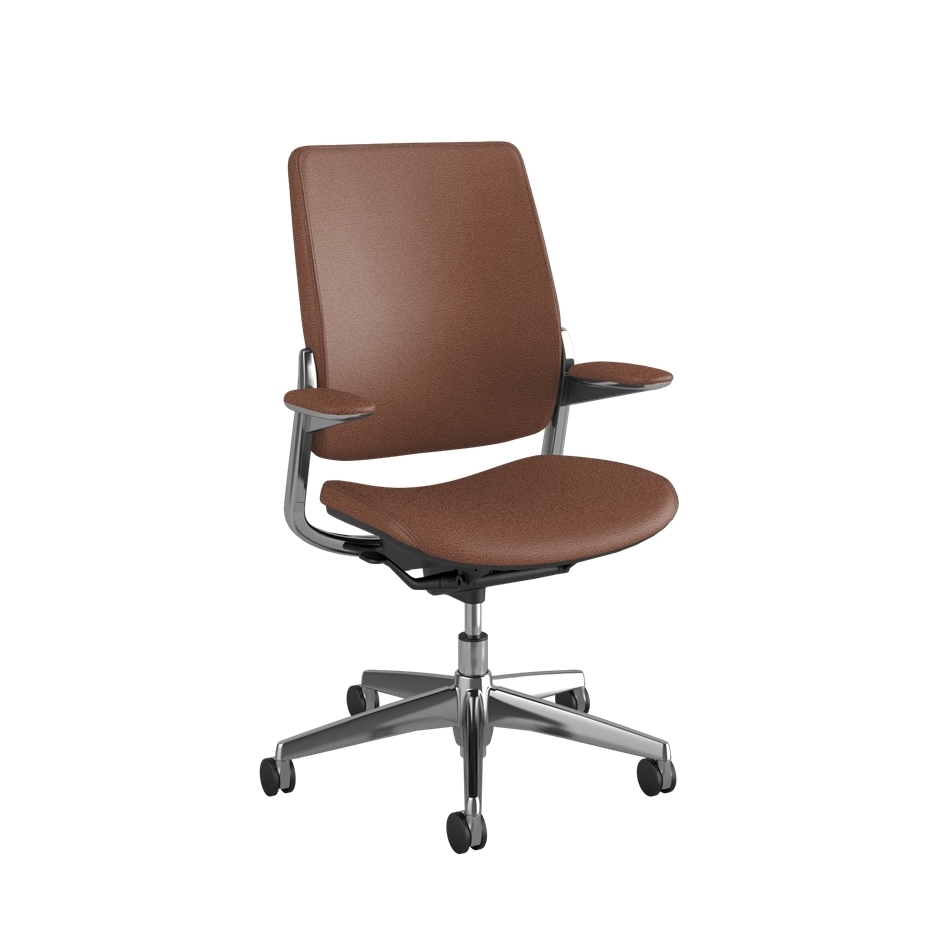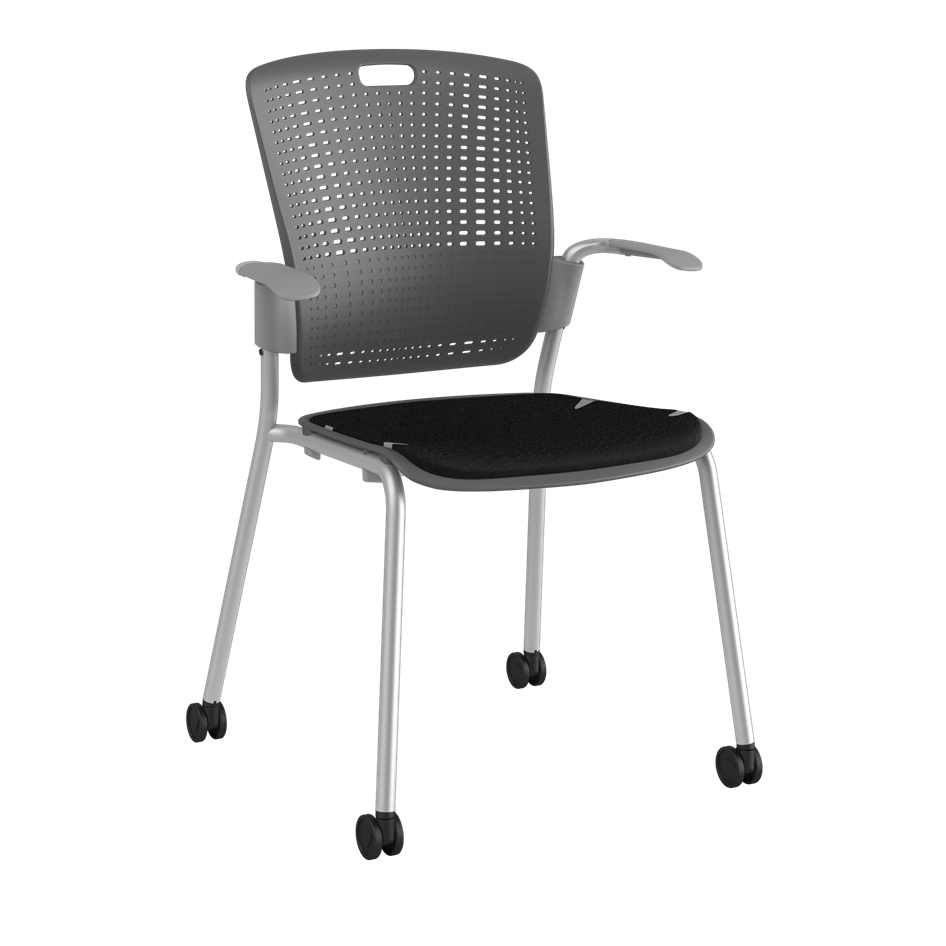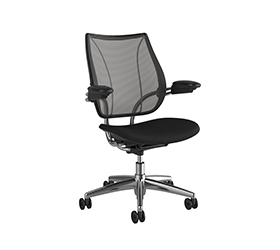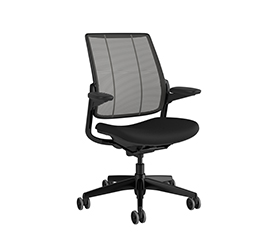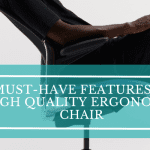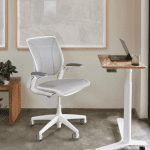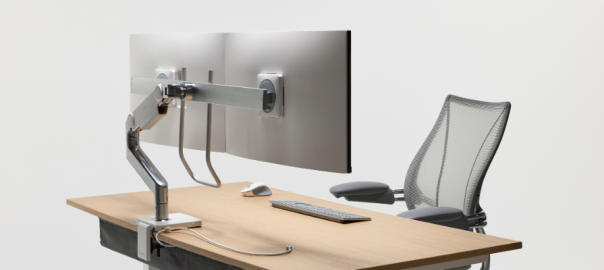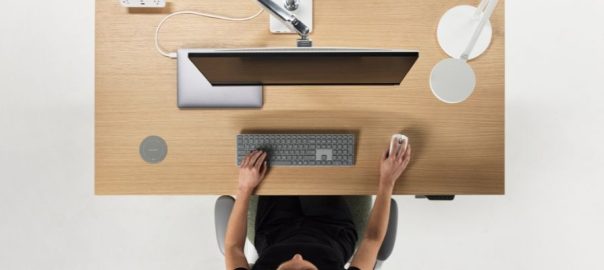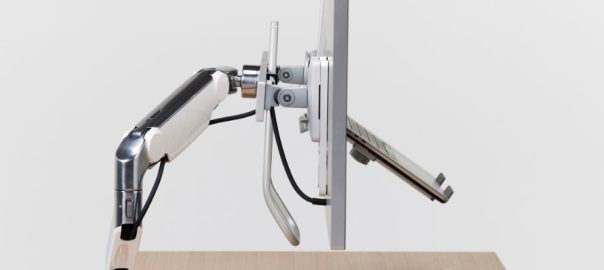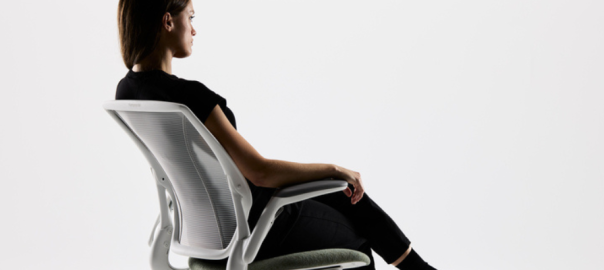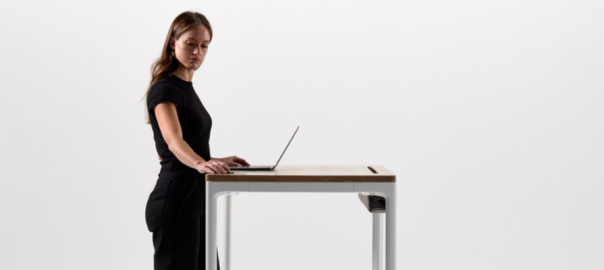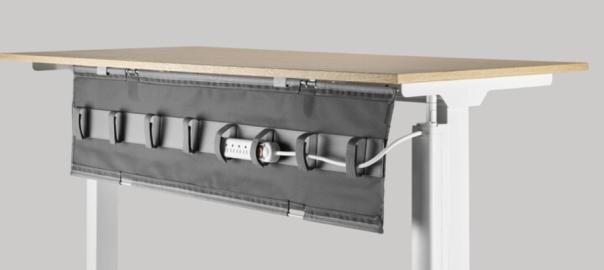Steve Jobs famously said, “Design is not just what it looks like. Design is how it works.” Jobs uttered these words about Apple. But if we take a closer look at the statement, it holds for several things.
For instance, if an office chair looks aesthetically pleasing but is not comfortable to sit in, its utility is minimal. As such, the “design” should look fantastic but also work excellently – that is, when it is a success. In an economy where people spend a significant portion of their working day seated, having workplaces designed for well-being is the need of the hour. Simply put, the best-designed workspace will always be hinged on ergonomics furniture. Ergonomic solutions help employees boost their productivity by a fourth.
Do you know that 65% of corporate employees are currently dealing with work-related musculoskeletal disorders (WMSD)?
In this comprehensive guide, we’ll debunk 10 of the most common misconceptions about ergonomic furniture, shedding light on the truth behind these prevalent myths.
Ergonomic Myths Still Persist…
When people think about ergonomics, funny-looking computer mice and gimmicky office chairs mostly come to mind. Not to mention the craze surrounding standing desks. Moreover, most people assume that ergonomics is too expensive or that it is a made-up term to sell more office furniture and does not make a difference.
If you are among those, We have broken down common ergonomic misconceptions and set the record straight.
Ergonomics Myth #1: It is One Size Fits All
Truth: Not all of us are the same. We come in multiple shapes, sizes, and heights. Just because a particular type of task chair works for you does not mean it will automatically suit your colleague.
To give your best in the office, your workstation, including your desk, chair, and Under desk keyboard tray, has to be a good fit for you. Thankfully, almost all ergonomic office furniture is adjustable along multiple axes, lumbar support, and height, comfortably supporting numerous body types and postures.
Ergonomics Myth #2: It is Not Worth the Money
Truth: This is a huge allegation. While some ergonomics solution providers might put a hole in your pocket, you will find options for all price levels to meet your corporate needs. Plus, look at the bigger picture – using proper ergonomics saves you and your employees from medical visits due to WMSDs, forcing either of you to take sick leaves.
Further, WSMDs account for around US$1 out of every US$3 in workers’ compensation, so giving your workplace an ergonomic touch represents a considerable cost-effective opportunity.
Read More: Ergonomic Hazards: Major Workplace Ergonomic Risk Factors and Effects
Ergonomics Myth #3: It is a Marketing Jargon
Truth: Most people think ergonomics is just a saleable term that furniture makers use to sell more overpriced office furniture and accessories. While you might find it pretty obvious that chairs are designed to support the spine and offer optimal comfort, most office chairs are (shockingly) poorly manufactured.
Many desk chairs provide minimal lumbar support, poor seat cushioning, and no feature for adjusting the backrest angle. In other words, if you sit in such chairs to work, you better prepare for multiple trips to your doctor. Ergonomic office chairs, however, promote proper posture by offering good lower back support and mechanisms for easy adjustments.
Ergonomics Myth #4: It is Only for Those with Injuries
Truth: This is another oft-cited ergonomics misconception. Ergonomics is not just for people who already have WSMDs or are recovering from a repetitive stress injury like carpal tunnel syndrome (CTS), making everyday work tasks painful.
Everybody in your workplace is prone to injury due to awkward postures, repetitive actions, or forceful exertions. That means employees who want to prevent injuries can benefit from using ergonomic workplace furniture. Using adequate ergonomics will keep you from sustaining common workplace injuries – from eye strain to wrist pain in the first place.
Read More: Expert-Backed Proven Benefits of Ergonomics in the Workplace
Ergonomics Myth #5: It is Only for Old Folks
Truth: Do not give in to the misconception that ergonomic adjustments are exclusively for the older crowd. As a young (and energetic) professional, ergonomic chairs and desks are your secret weapons for a healthier work life, too.
Picture this: endless hours at the desk, constant screen engagement, and multitasking. Ergonomic furniture is designed to support your well-being, boost productivity, and prevent the wear and tear that catches up gradually. It is not an age thing but rather a smart choice for every enthusiastic go-getter in the workplace.
Ergonomics Myth #6: It Lacks Visual Appeal
Truth: People often assume that deploying ergonomic furniture in their workspaces means aesthetic sacrifice. While ergonomic chairs might not look as sleek as gaming chairs, you can find numerous ergonomic designs that are significantly stylish and blend in with any décor.
Imagine your workplace decorated with modern desks, sleek chairs, and chic accessories that not only support your well-being but also dazzle your senses.
Ergonomics Myth #7: It is a Cure-all for Existing Health Issues
Truth: While ergonomics is a game-changer, let’s set the record straight – it is not a magical fix for your existing injuries. Think of it more like a supportive sidekick in your health journey. Sure, it will not miraculously undo past issues, but it is the ultimate wingman, working hand-in-hand with your well-being goals. The real magic happens as it encourages good posture, reduces strain, and enhances comfort.
Ergonomics Myth #8: It Will Fix My Back and Joint Pains
Truth: Despite its wonders, ergonomics does not promise a 100% escape from back and joint pains. Why? Factors like individual posture, work habits, and existing health conditions sneakily play into the equation. Ergonomic furniture sets the stage, but cannot control every move in your ergonomic dance.
For instance, an operations manager who works on a production unit needs to walk a lot, which results in multiple body aches. Hence, they must rest well, drink more fluids, and wear comfy shoes. Do not solely rely on your ergonomic chair’s magic; stay mindful of your posture and take breaks.
Read More: How Ergonomic Chairs Are Your Ultimate Solution to Back Pain
Ergonomics Myth #9: It is For Those Who Work For Extended Hours
Truth: Ergonomics is not exclusive to the 9-to-5 grinders or for the marathon work sessions. Typing for even 10-15 minutes daily or huddling for a quick meeting in incorrect postures and movements can harm you. So, finding the right accessory, like a sit-stand desk, is crucial to support all your muscles, joints, and organs that get in action while you are working.
Whether you do not work at a PC, having the correct ergonomic desk or chair makes every moment at your work a breeze.
Ergonomics Myth #10: We Do Not Have to Adjust It Once Set Up
Truth: People evolve. Their lifestyle changes, tasks vary, and work environments shift. Just like your needs evolve, so should your ergonomic workstation setup. Regular check-ins and adjustments are necessary to ensure sustained support, comfort, and a healthier work experience.
Do Not Get Fooled!
As people increasingly work within the confines of offices and Internet-connected devices, having ergonomically sound workspaces is more critical than ever, both for your health and your business.
Now that you know how ergonomic furniture transforms your work life for the better, talk to your manager or purchase the perfect Freedom Headrest chair for your home office. Do not let these ergonomics misconceptions trick you into signing up for a career full of workplace injuries and discomfort.

